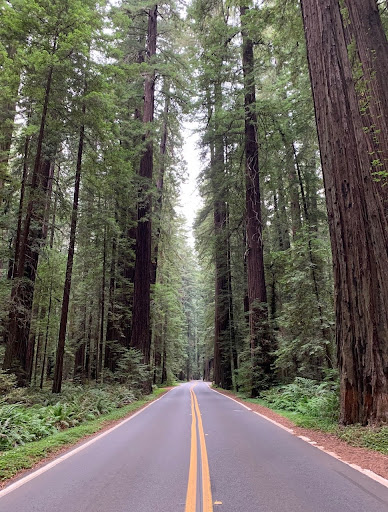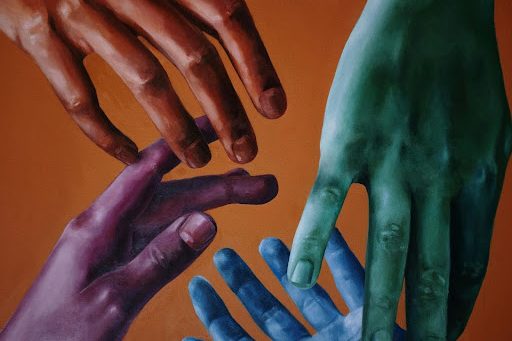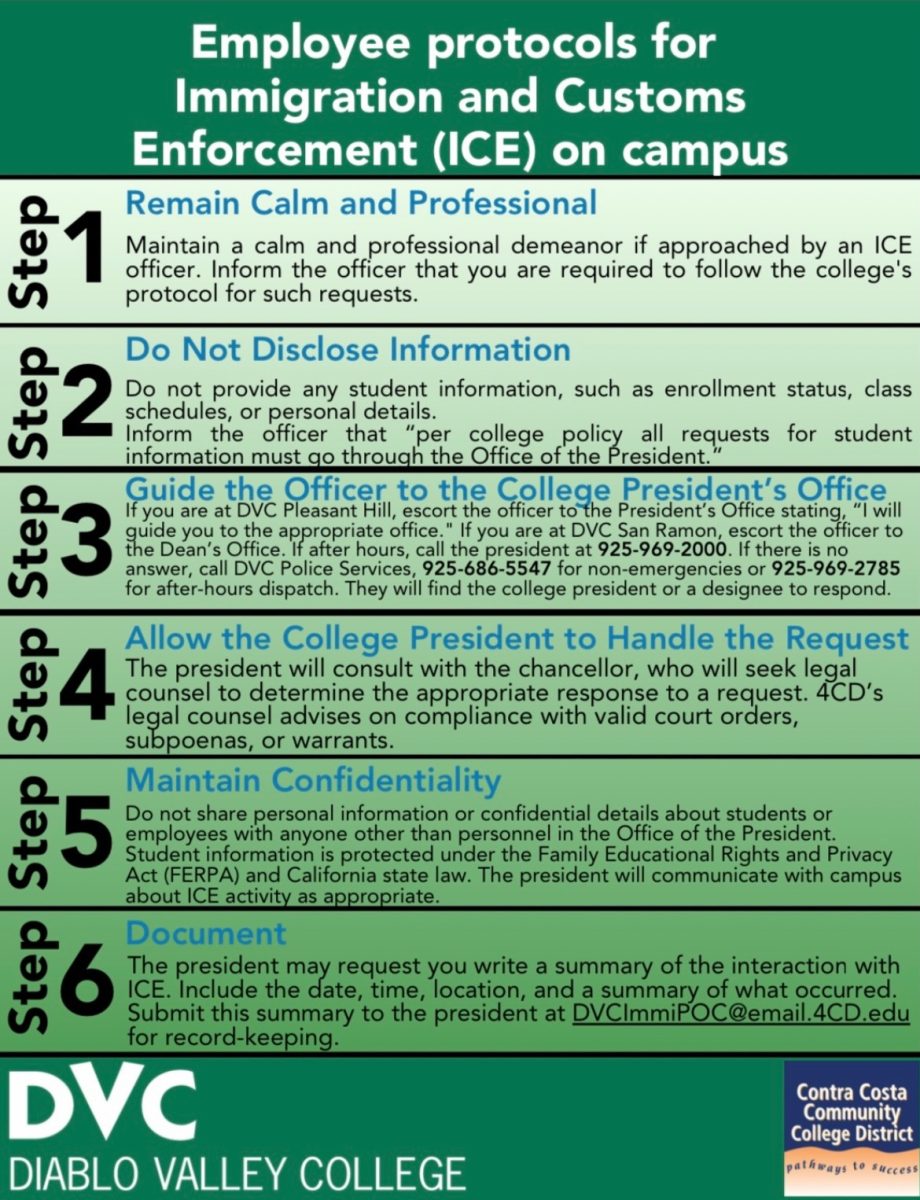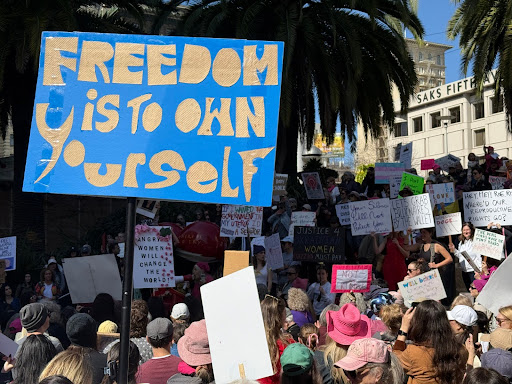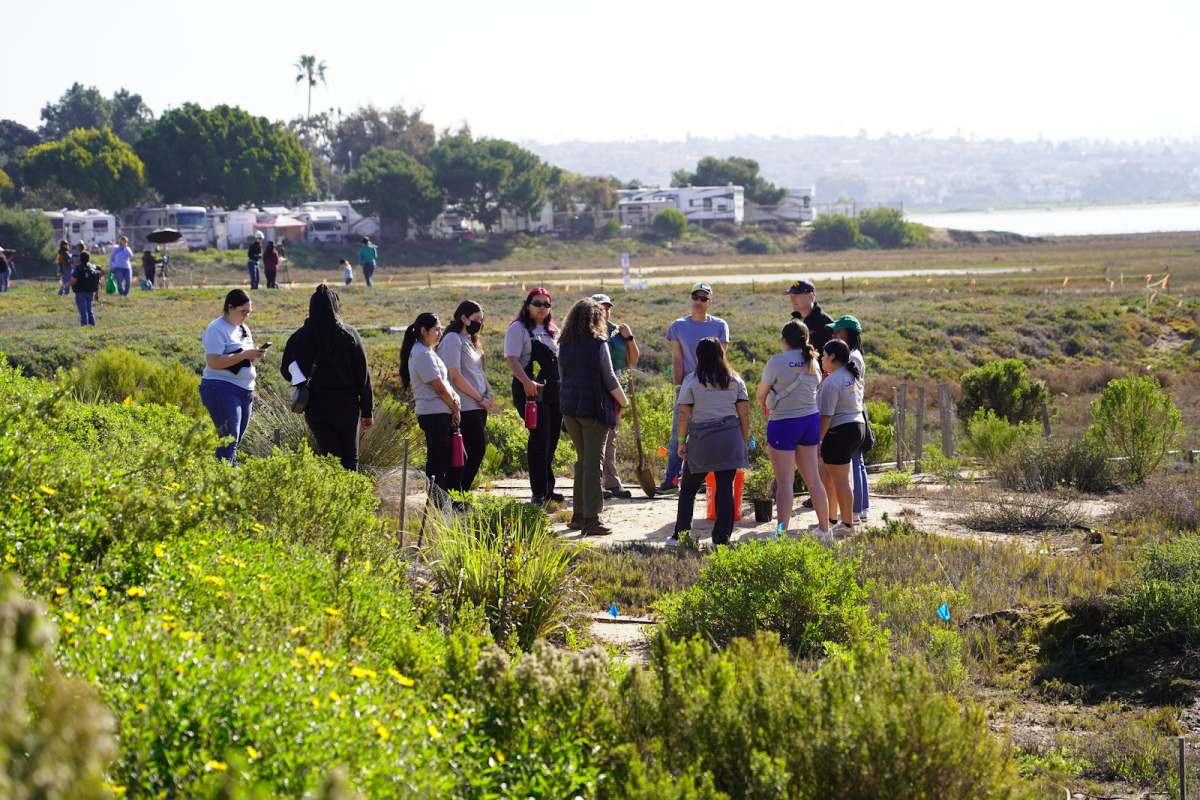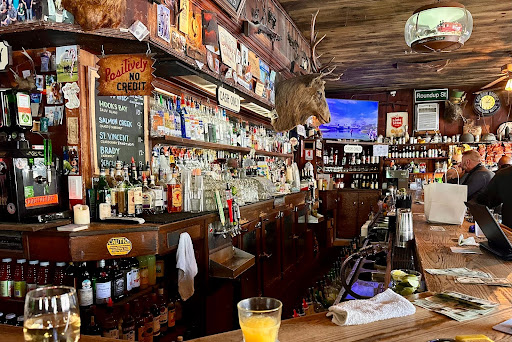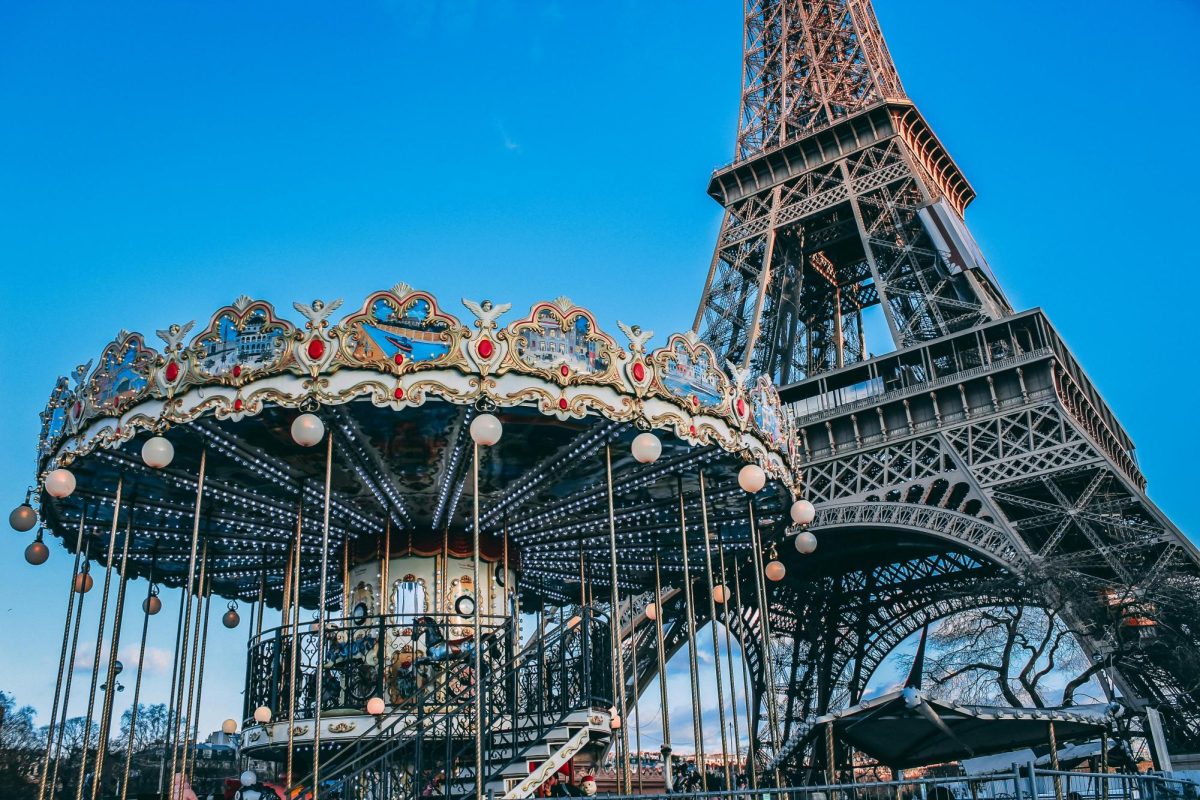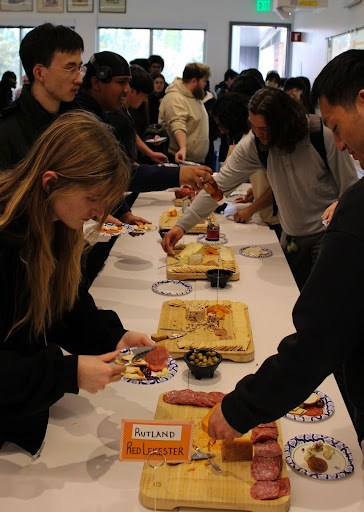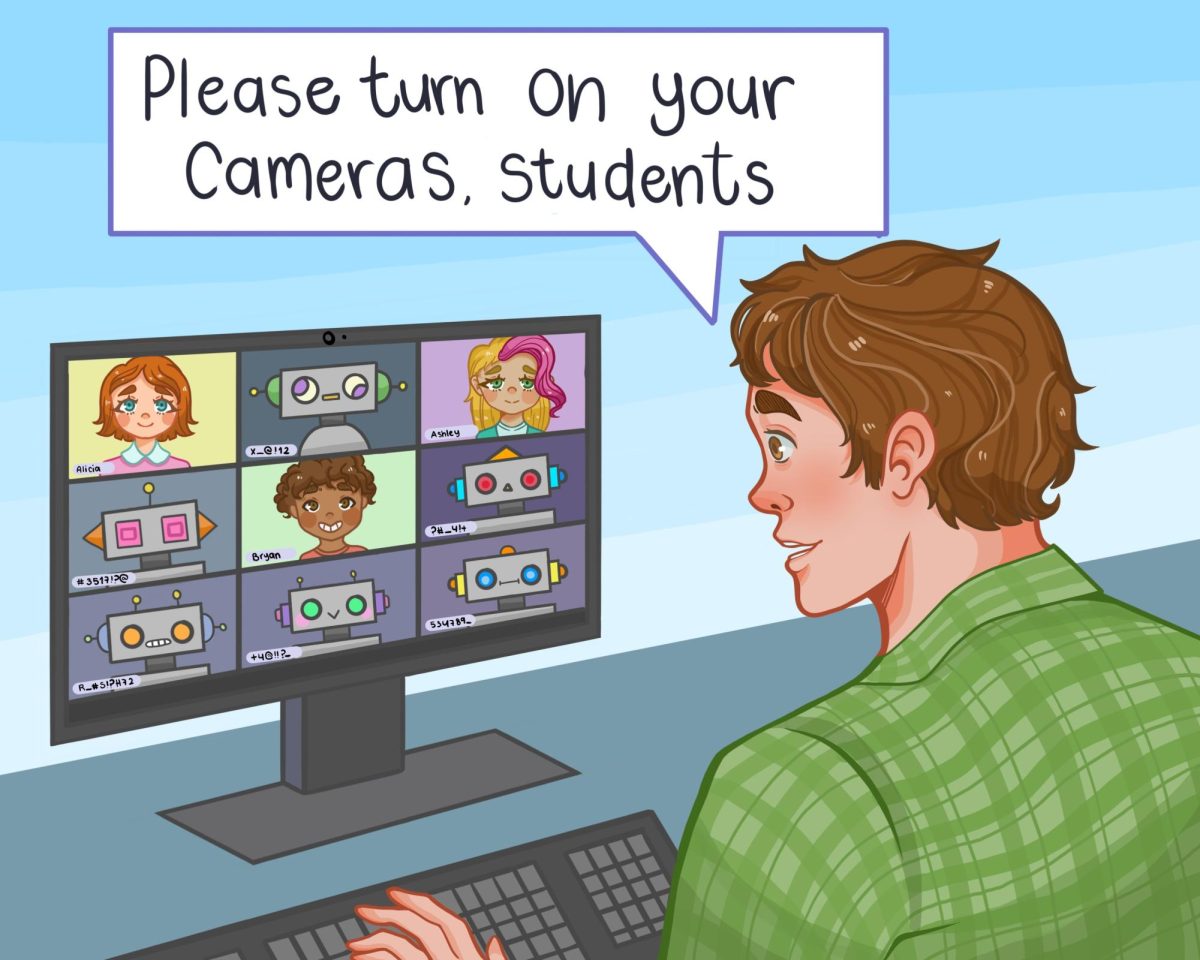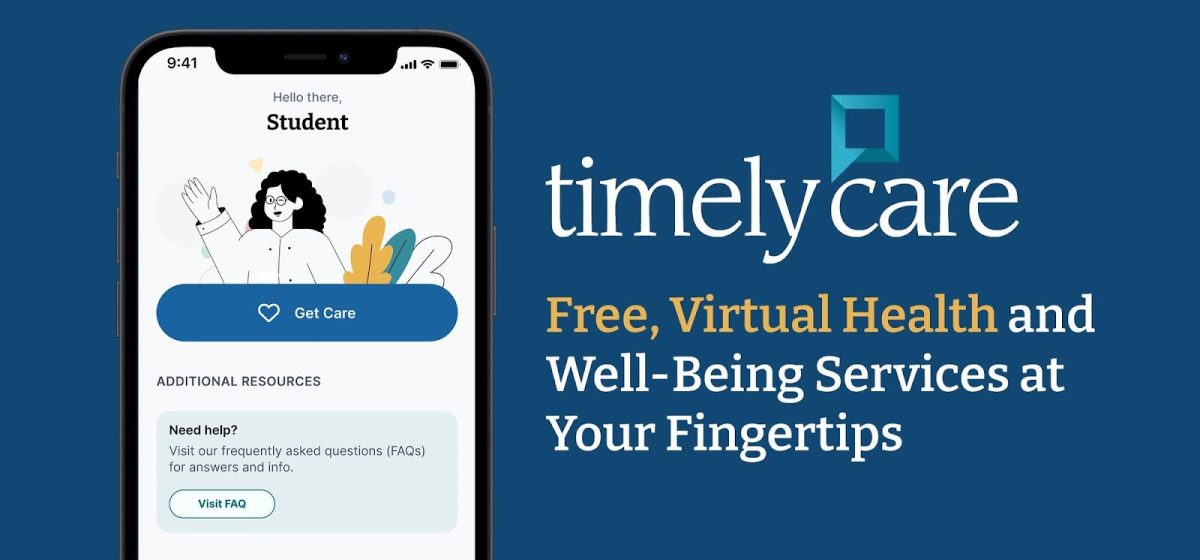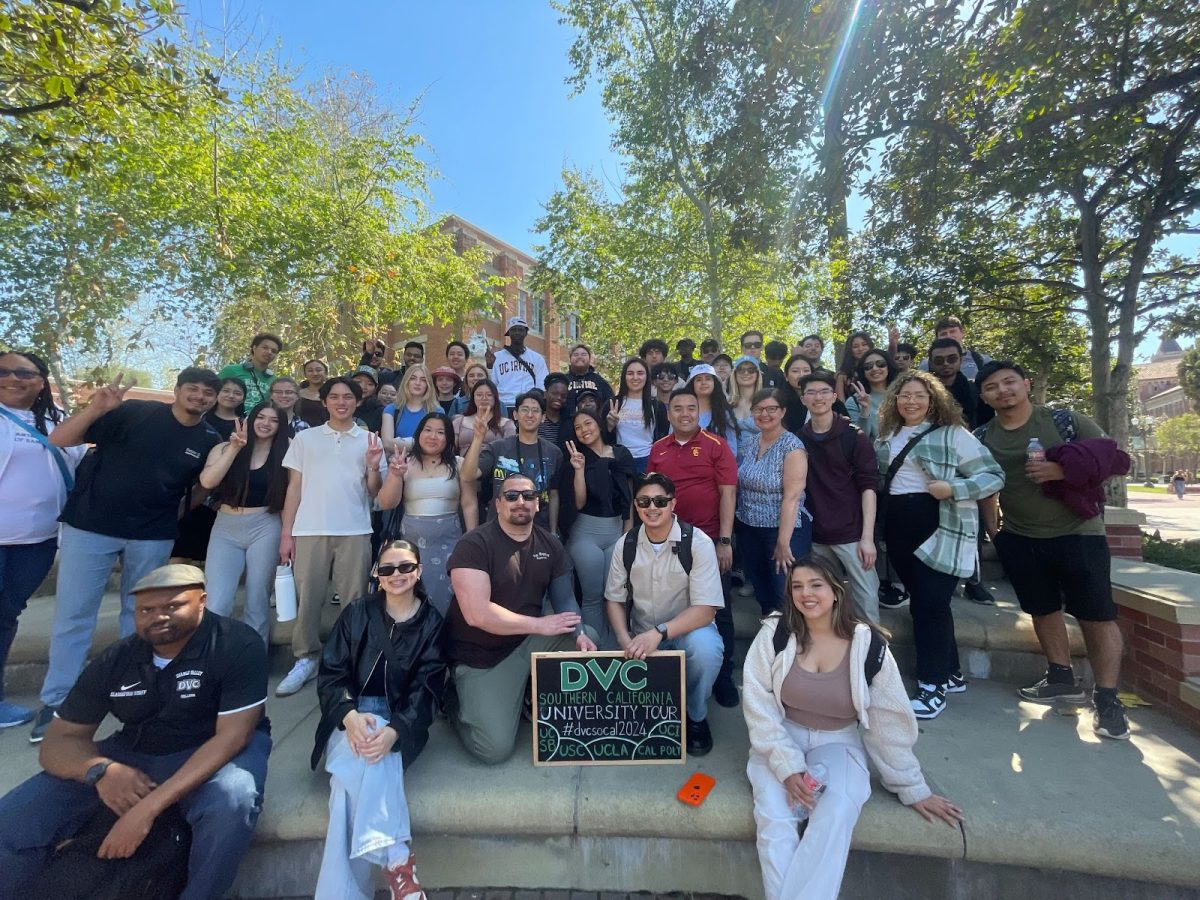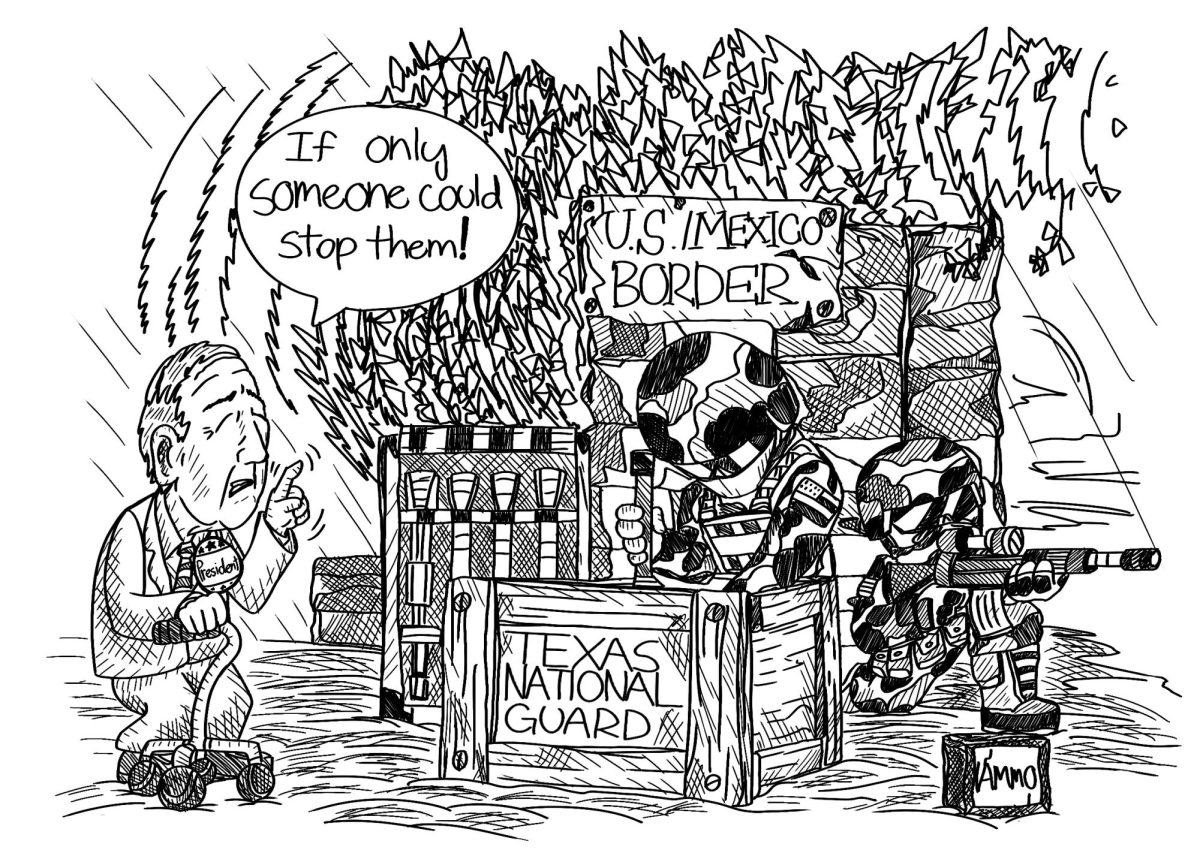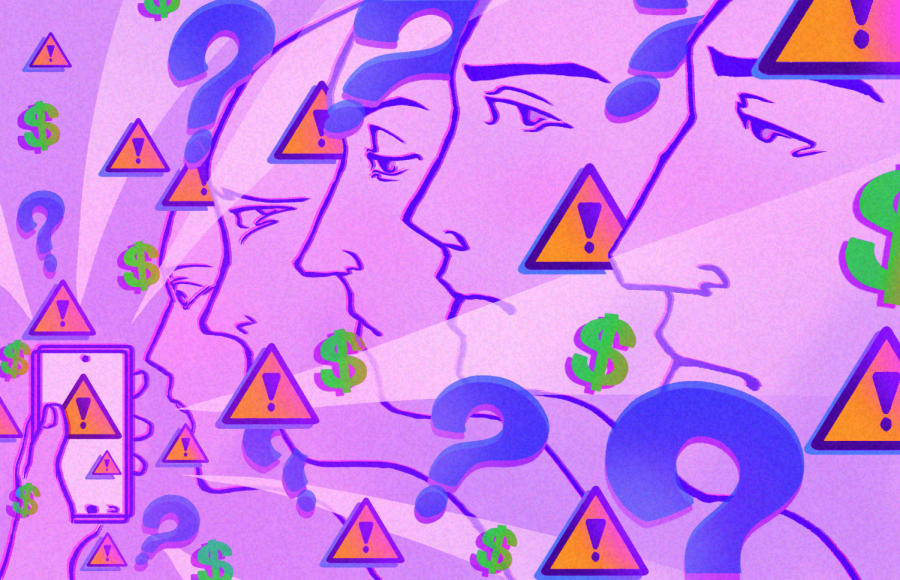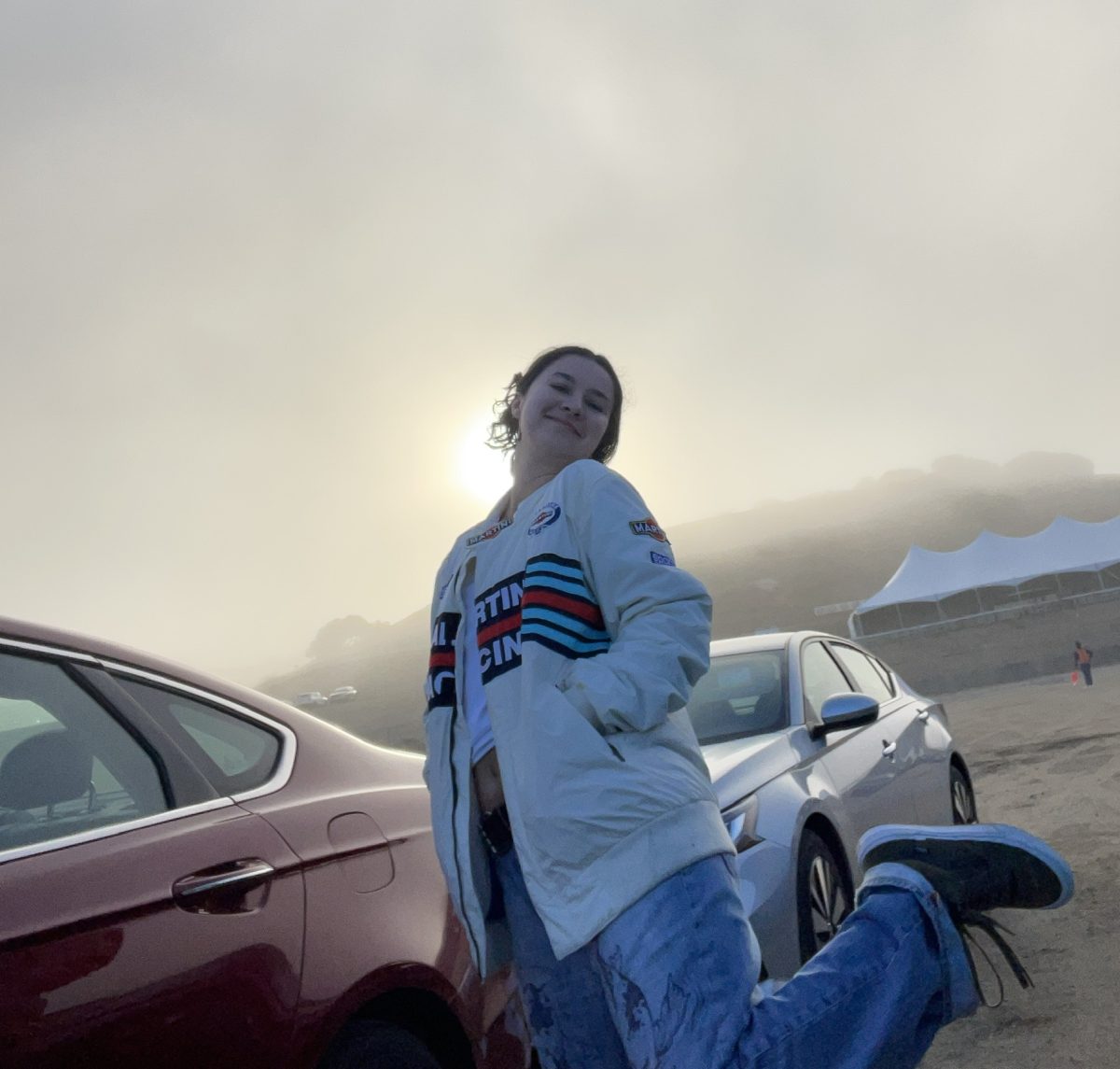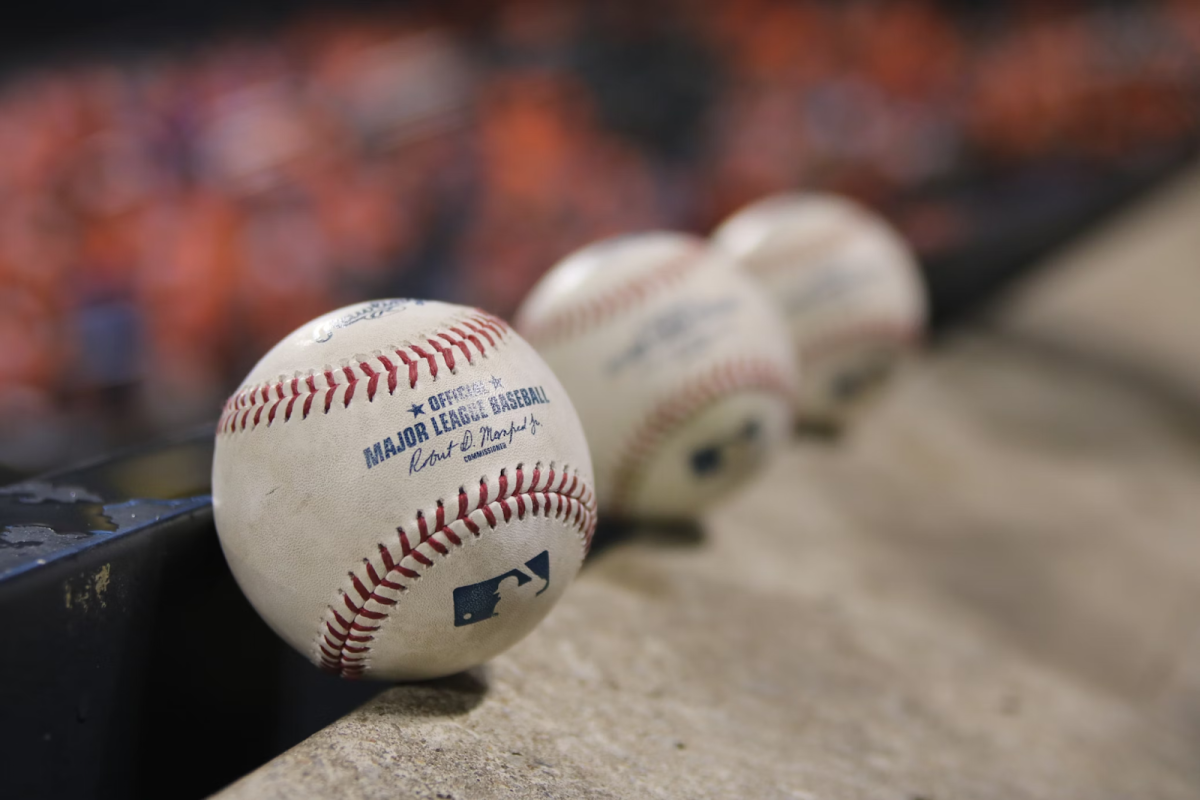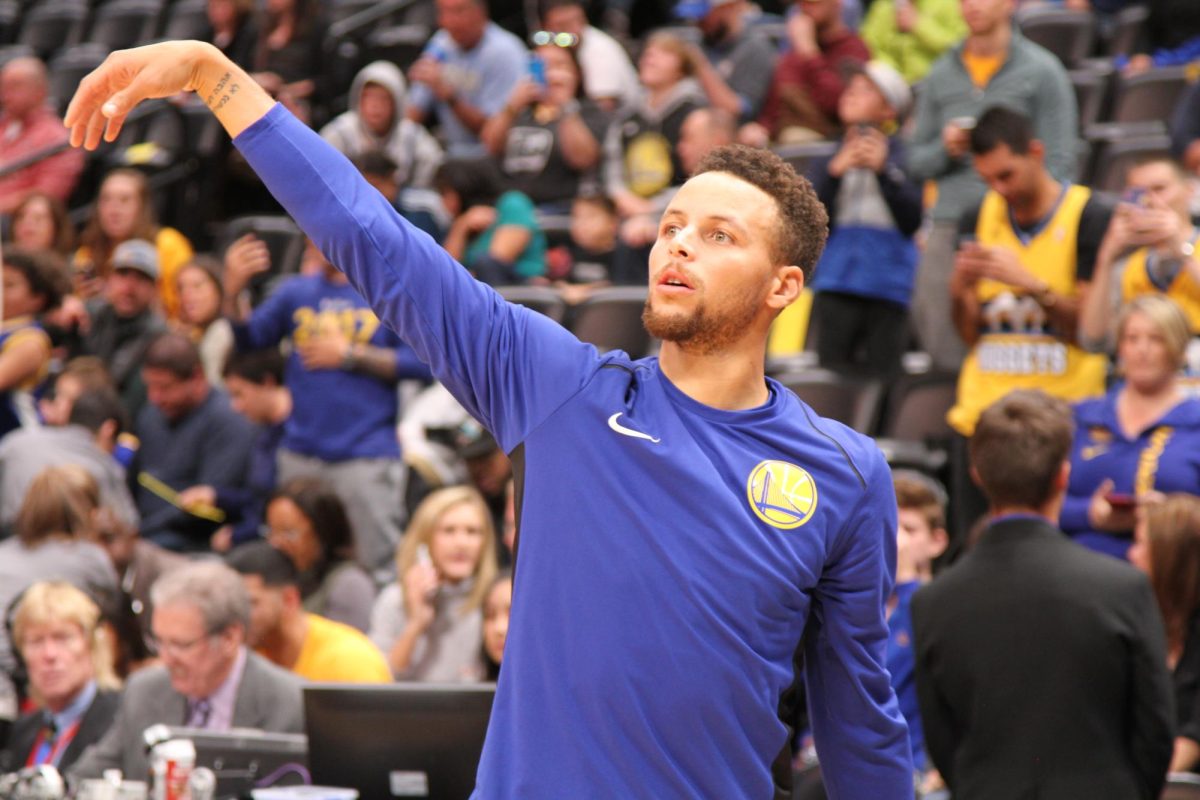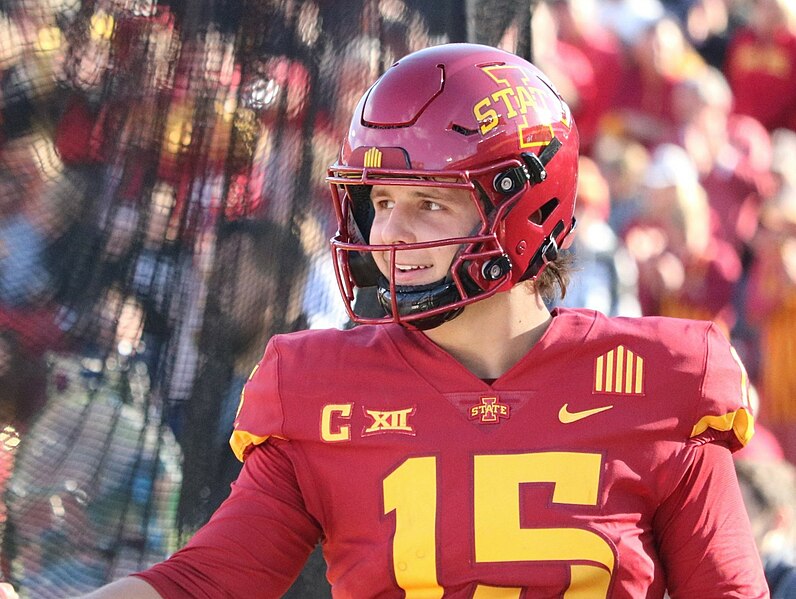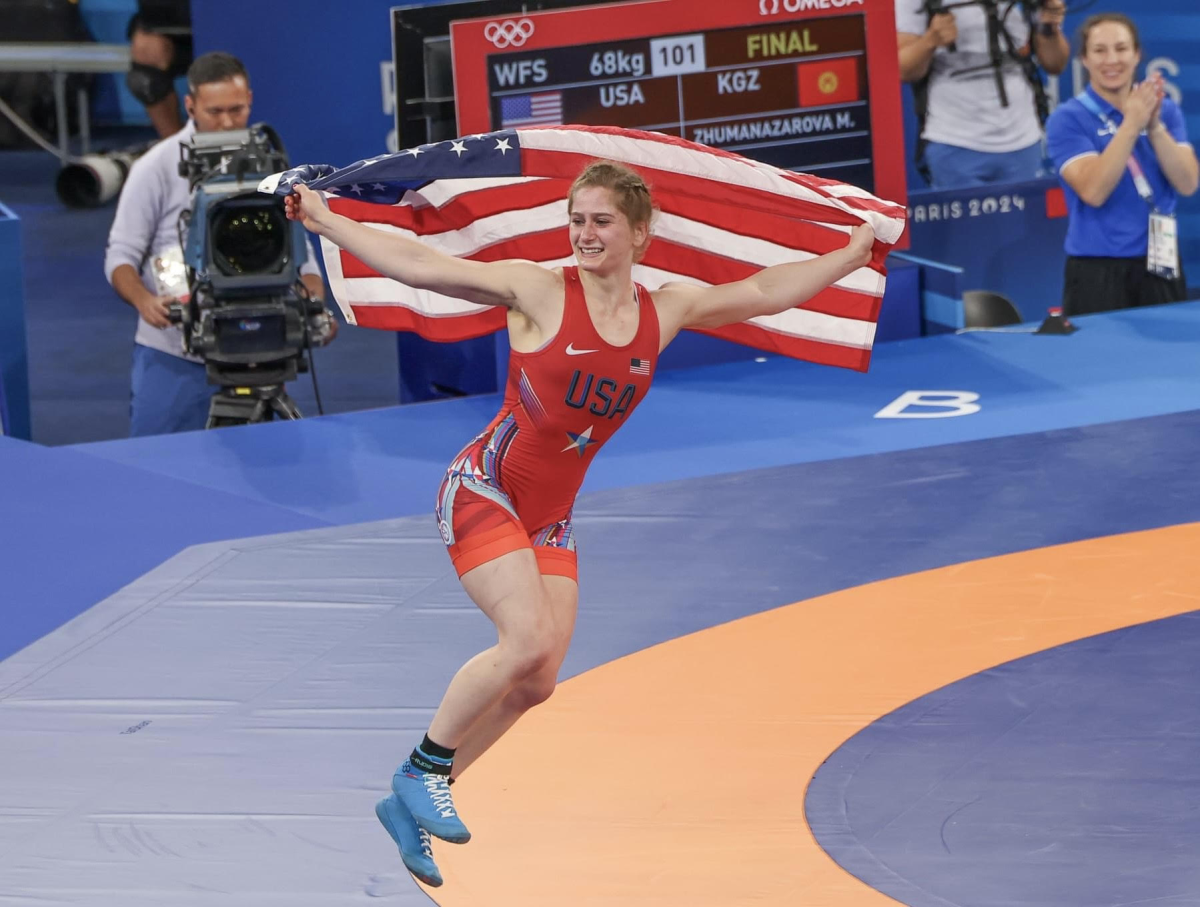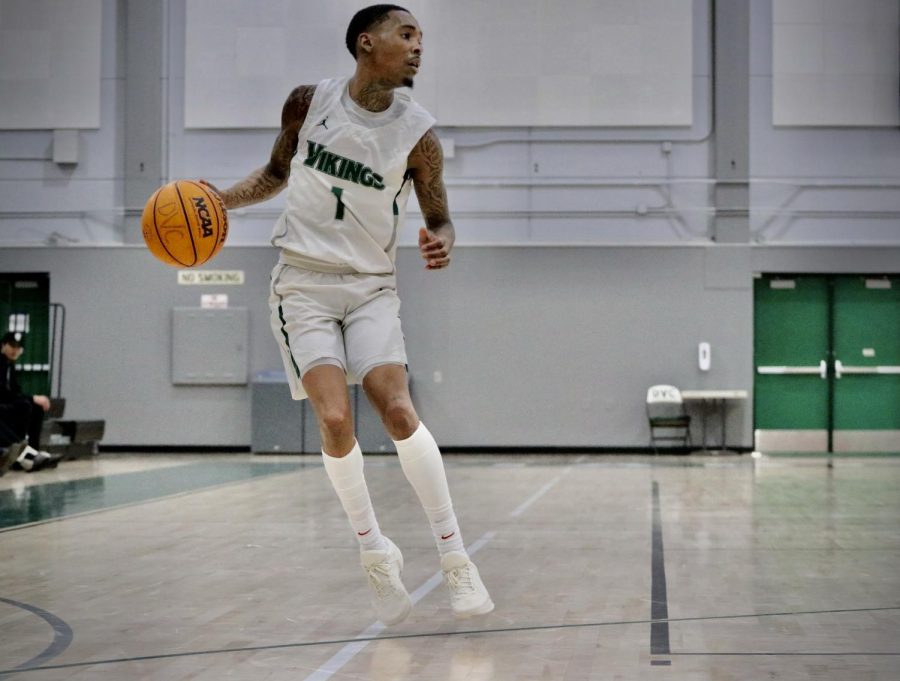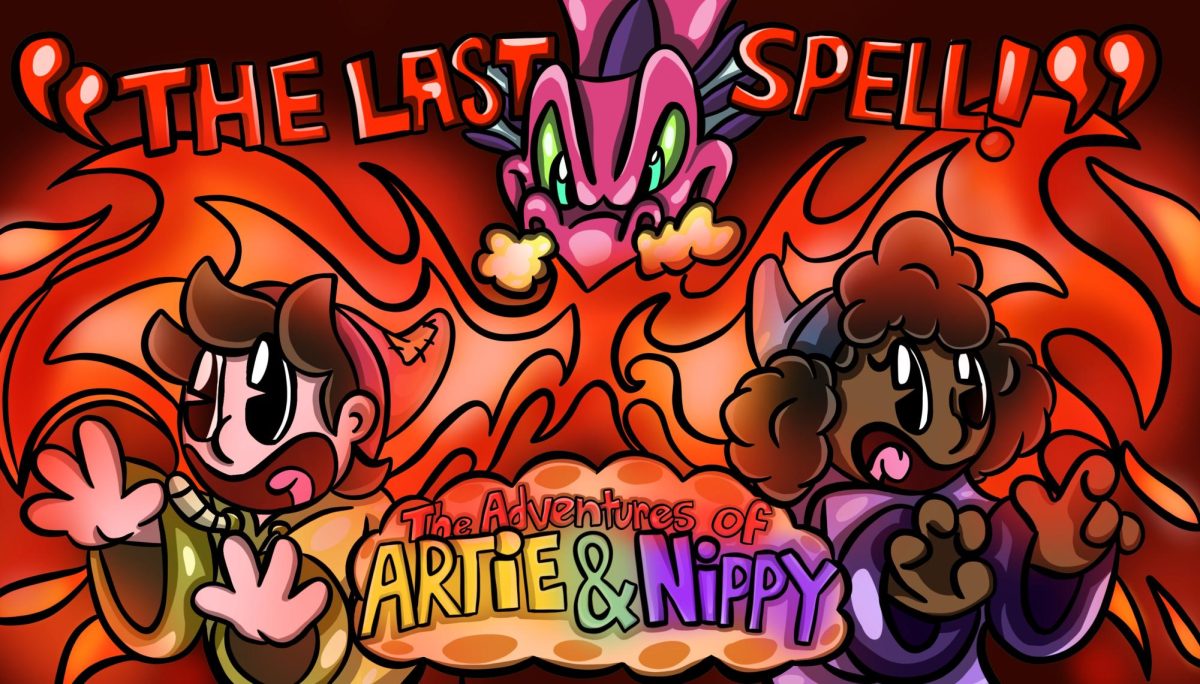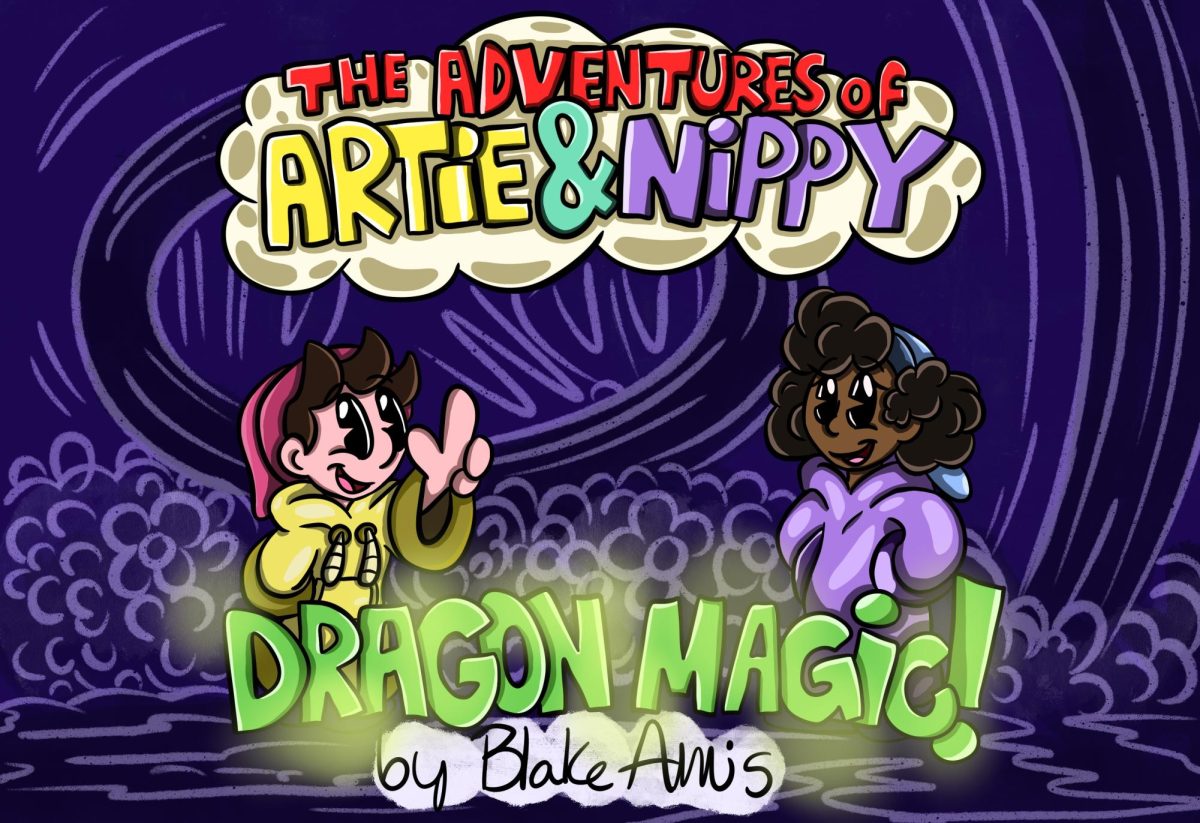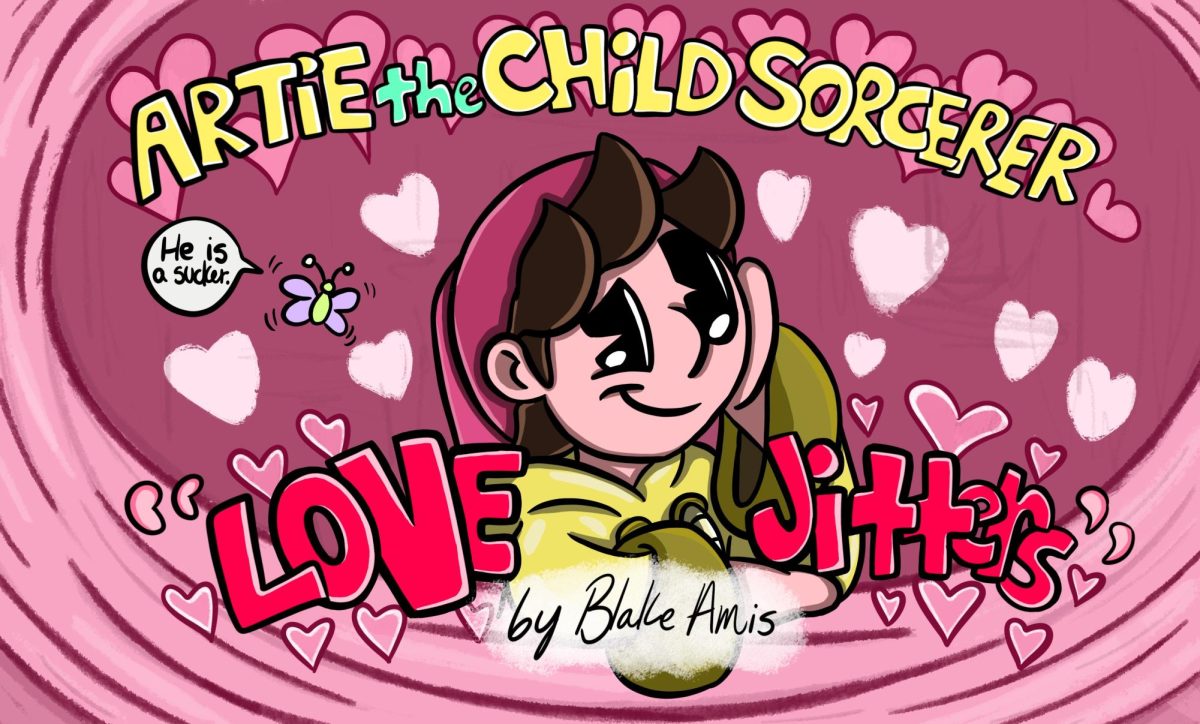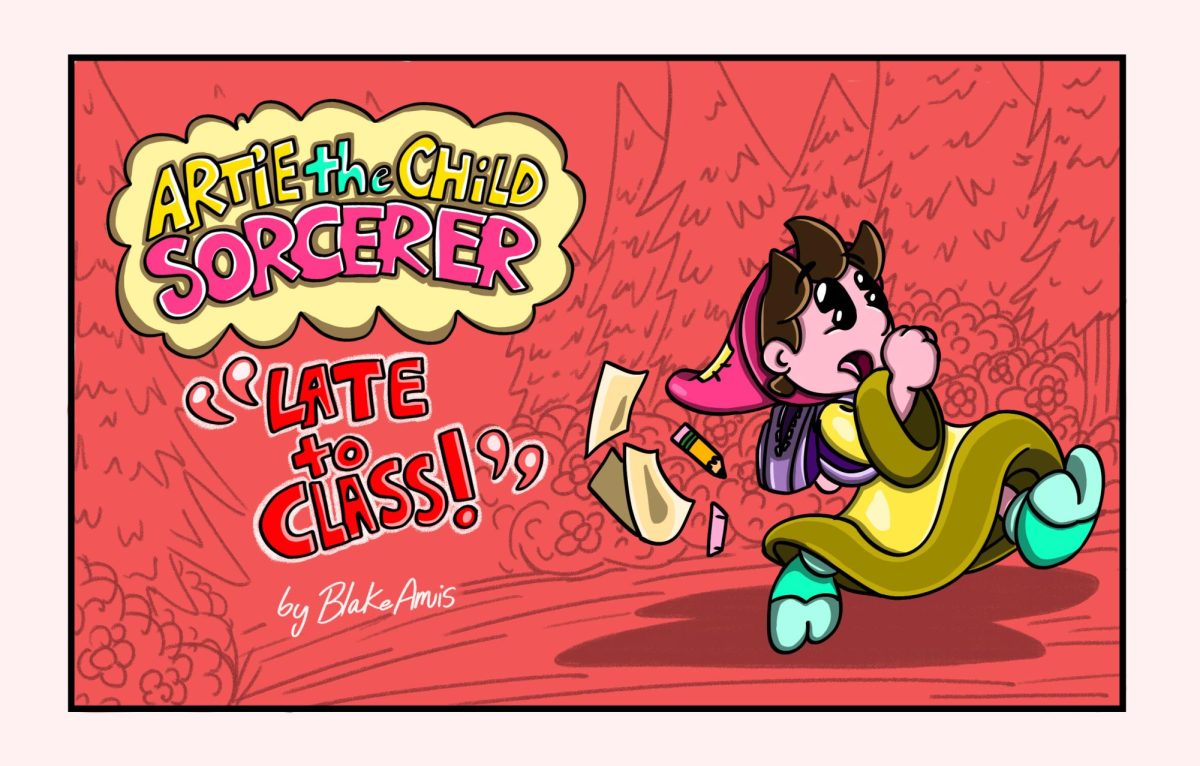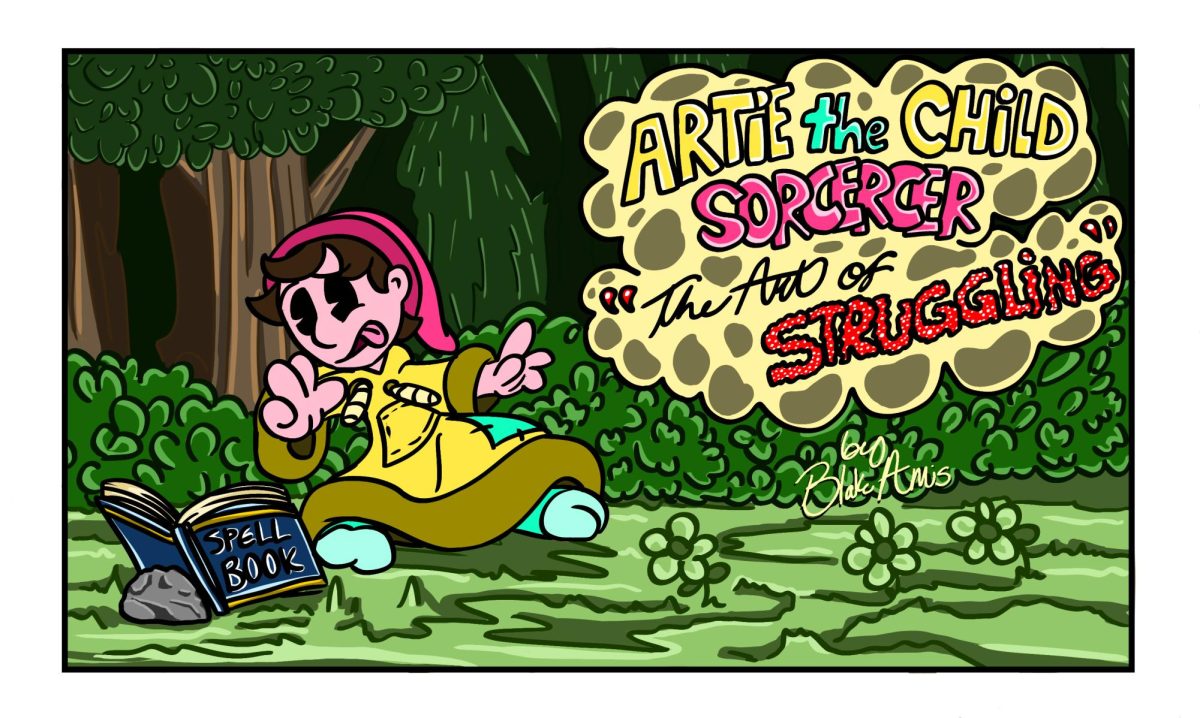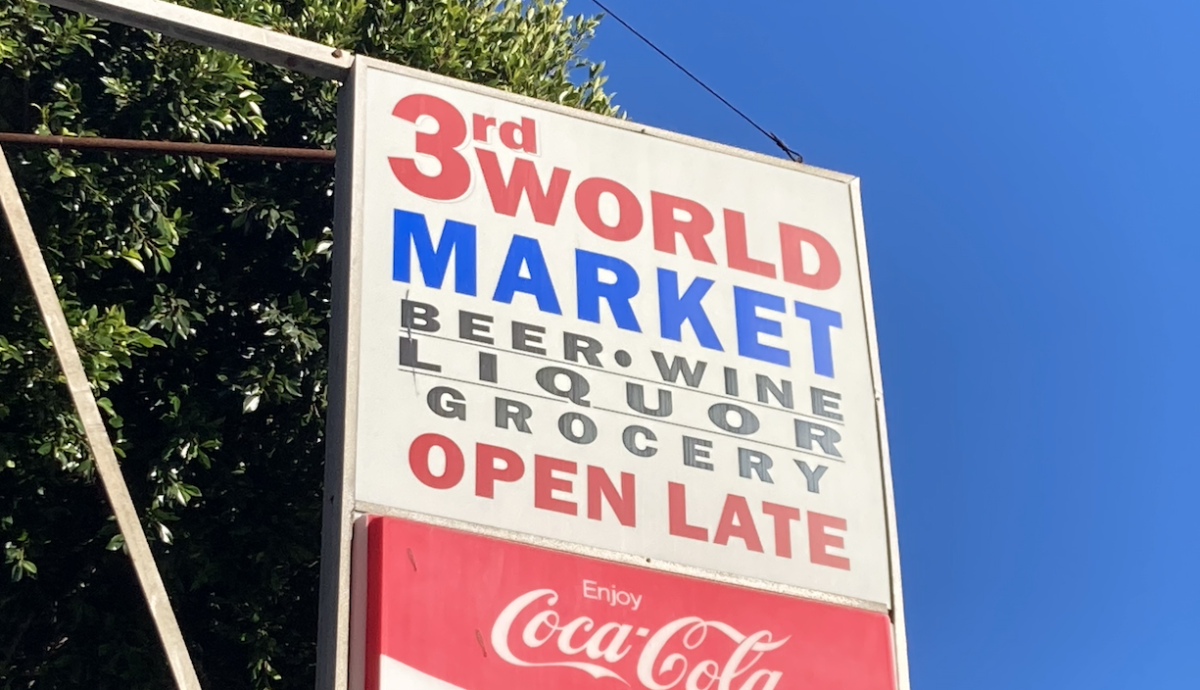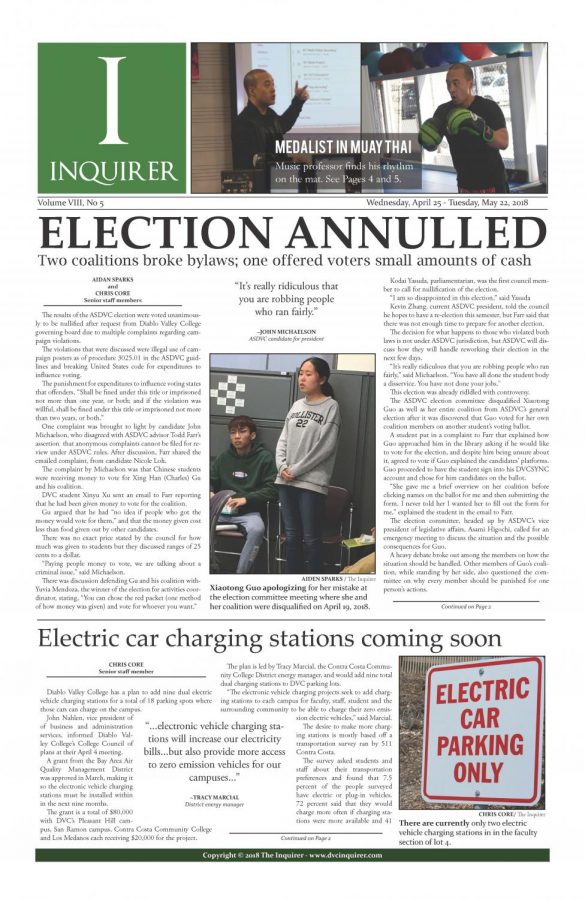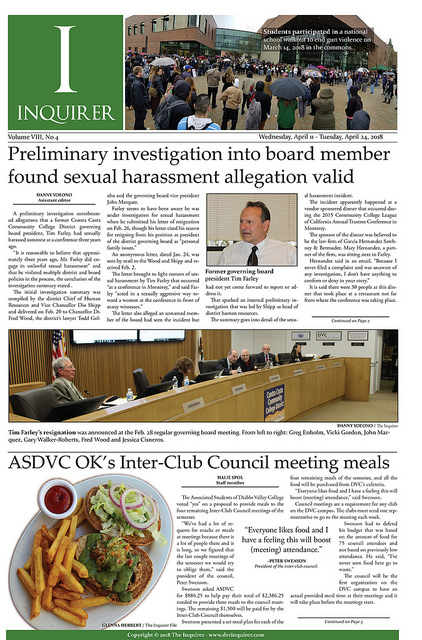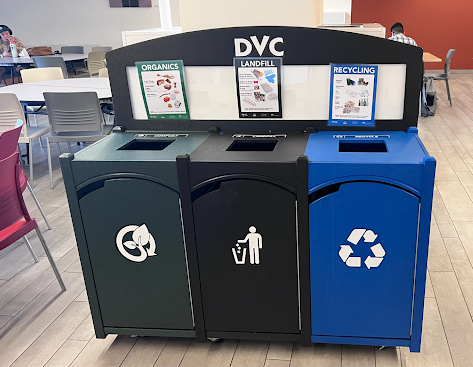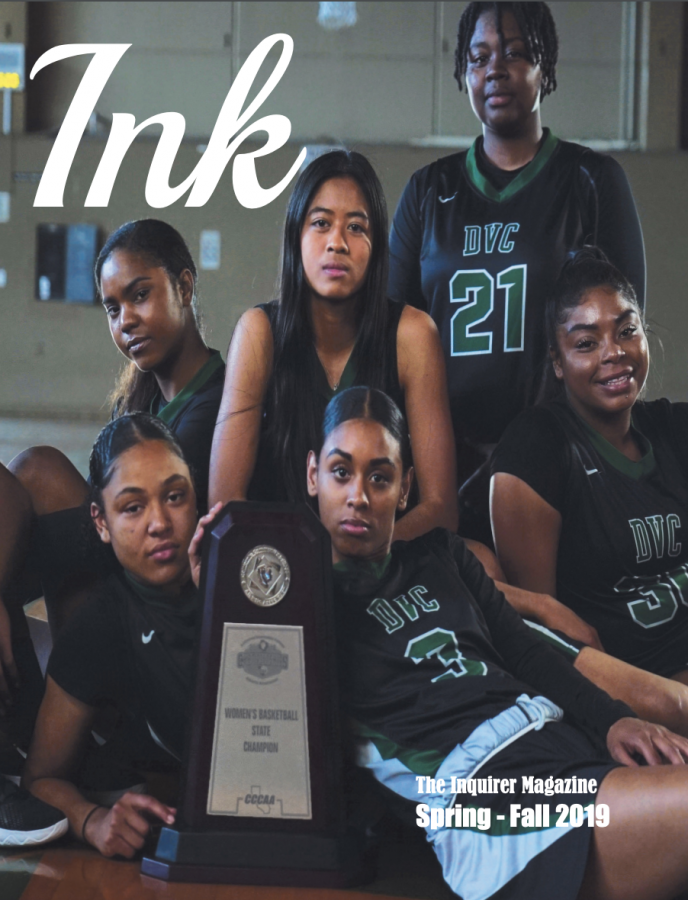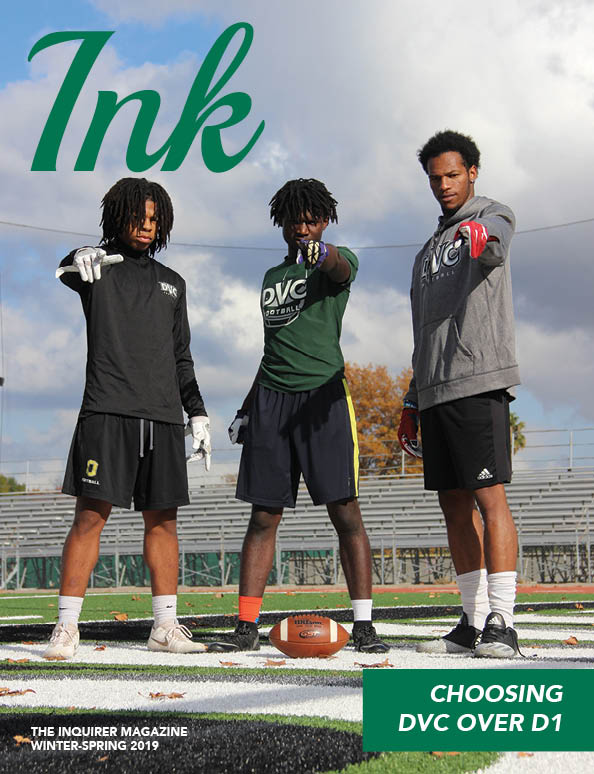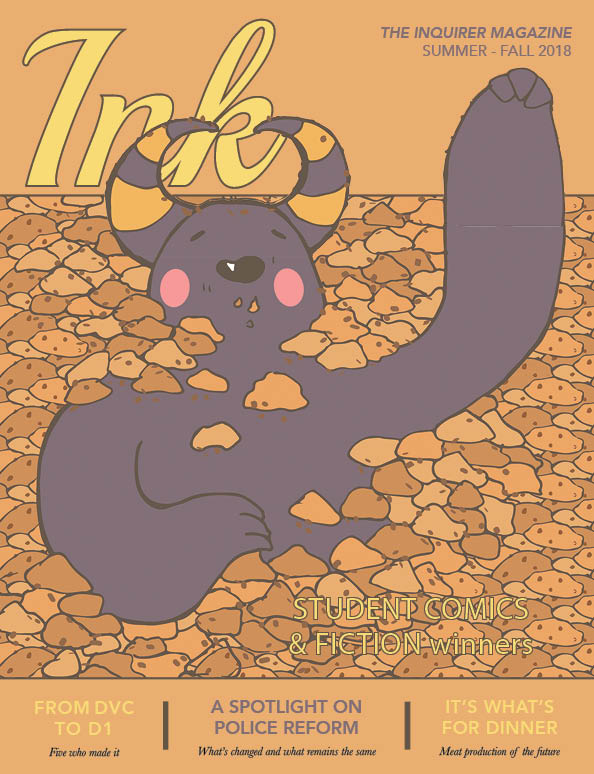One year ago, The Graduate, a popular college bar in Oakland, closed its doors. Known as “the bar of the UC Berkeley Bears,” this once popular spot, as many like it, struggled to bring in the younger generation after COVID-19.
The nightlife today looks drastically different as many students forgo alcohol-driven activities.
“It’s kind of dead right now, we’re waiting [and] thinking, ‘Okay, we’re gonna get past this,’” said Karen Johnson, owner of Roundup Saloon in Lafayette, “we’ve talked to other places, and it’s happening everywhere.”
Roundup Saloon, another popular college bar for the St Mary’s Gaels, has also seen a “slump” in younger consumers.
“The kids just aren’t showing up like they used to,” said Melissa Gazzaneo, a long-time bartender there.
The reason? Gen Z is drinking less — much, much less. In fact, only 20 percent of adults aged 21-28 said they drink on a regular basis.
In addition, many Gen Z respondents said they felt the peer pressure to drink in high school was alleviated in college.
“When I was in high school, a lot of people would be doing stuff that they shouldn’t have been doing,” said DVC student Sanam Alefi, “now, I just stick to my own friends, I just have one or two [and] I think it’s good actually.”
Perhaps a reflective sign of a more timid generation, Gen Zers tend to congregate in smaller more intimate social circles, which in turn, impacts the ways they choose to have fun. Studies find that these tight knit groups are less likely to drink or participate in binge drinking.
However, some suggest that alcohol, referred to as a “social drug,” is on the decline simply because Gen Zers aren’t getting together enough. In a 2023 study by the U.S. Surgeon General, young adults aged 15-24 said they spent less than 10 hours a month socializing with their peers, compared to 30 hours a month 20 years ago.
William Sitwell, a journalist at The Telegraph, jokingly suggested that Gen Zers are depressed because they’re not going out to socialize and grab a beer together like the previous generations.
People in Gen Z are also more health-conscious than earlier generations, frequently following health and wellness lifestyle accounts on social media, which tends to limit their exposure to alcohol even further. Some studies suggest social media has helped bring important awareness about the dangers of alcohol.
In January 2025, news and social media outlets reported that the U.S. Surgeon General’s Advisory asked Congress to require a warning label on alcohol products after several types of cancer were linked to alcohol consumption. Although the dangers of alcohol mostly pertain to physical health, 86 percent of Gen Z believe that their mental health is just as important when considering drinking alcohol.
“Mental health is something that I’ve been really trying to work on,” said Rose Gandy a Diablo Valley College student, “and the one thing that I think can really disrupt it is something as destructive as alcohol.”
But, bars aren’t the only ones struggling with the decline in drinking. The alcohol industry itself has seen a significant dip in sales.
Many major alcohol brands are adapting to the new trends set by Gen Z, making alcohol-free and low alcohol beverages. Anheuser-Busch, the world’s largest brewer, stated that one-fifth of its beverages will contain no or low alcohol in 2025.
But hold on, not all of Gen Z is sober. Young adults may be going out less than prior generations, but when they do, they go big — and they want everyone to know about it.
Gone are the days of cheap beers and drinking to get drunk! Now, Gen Z is willing to shell out some serious cash for premium drinks just to show they are “living their best life” on social media.
Presentation and quality play an increasingly important role in terms of what Gen Zers choose to drink. Guinness, for example, has had consistent sales among young people because it’s “instagrammable” with its distinctly cascading bubbles. At the same time, beer sales universally have dropped as mixed drinks have surpassed them as the most ordered beverage.
A marketing study done in 2023 showed that 58 percent of Gen Z buy what they see on social media, placing heavy emphasis on how instagrammable a product was.
As for discovering new places to eat and drink, Gen Z prefers to do their homework rather than be spontaneous — carefully skimming through online photos and reviews, and even choosing what to order ahead of time.
That’s because, for many, atmosphere and entertainment at drinking establishments are as important as what’s on the menu. An increasing number of bars and restaurants have sectioned off areas for “Instagram selfies” to promote their venues. NA (non-alcoholic) cocktails are being created with the same complexity as traditional cocktails.
In an effort to meet the demand of NoLo consumers (no or low alcohol), the alcohol industry has created wine, beer, and spirits that taste identical to their alcoholic counterparts. Typically, these alcohol-free versions are ordered by individuals wanting to cut back on their alcohol consumption. Now, thanks to Gen Z’s influence, the variety and quality standards of NA beverages are higher than ever
“You can drink… you can pretend as if you are drinking… [or] just have juice in your cup” said Yutaro Shiba, 21, a Tokyo international student.

